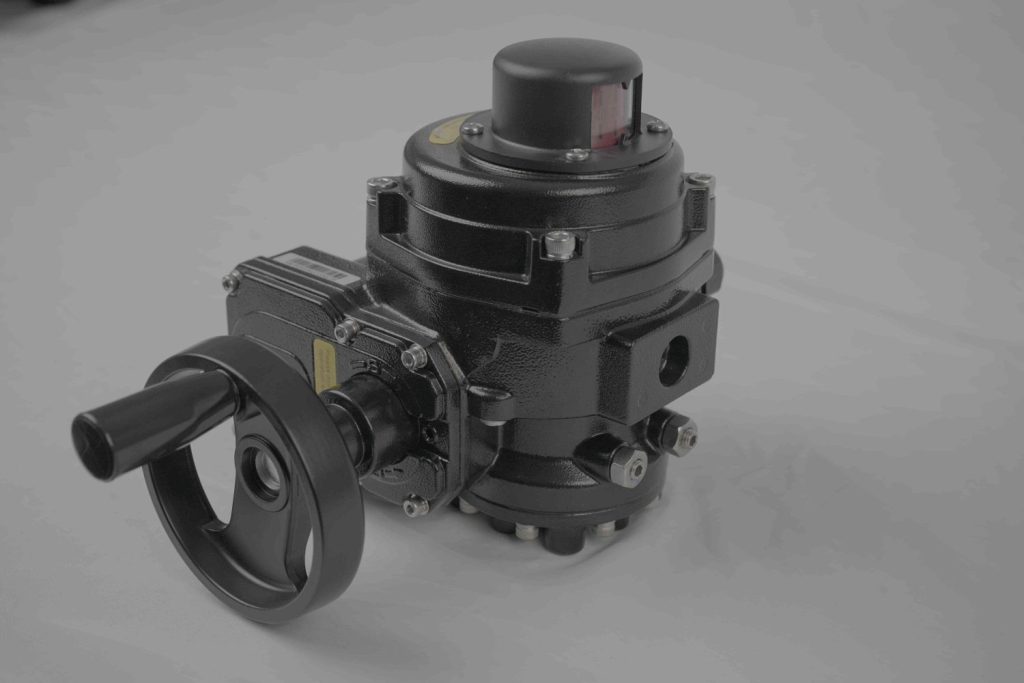Lithium-ion batteries are commonly used in various industries, from electric vehicles to portable electronics, due to their high energy density and efficiency. However, despite their advantages, these batteries come with potential risks, particularly in terms of overheating, pressure buildup, and the possibility of thermal runaway. To mitigate these risks and ensure safe operation, a crucial component known as the Lithium Battery Valve plays a vital role in maintaining battery safety and preventing accidents. In this article, we will explore the importance of the lithium battery valve, how it functions, and the key benefits it offers in ensuring battery performance and safety.

What is a Lithium Battery Valve?

A lithium battery valve is a specialized safety component designed to control the internal pressure of a lithium-ion battery. It functions as a relief valve, opening when the internal pressure of the battery exceeds a certain threshold. This pressure buildup typically occurs due to excessive charging, temperature fluctuations, or internal chemical reactions. Without a valve in place, a buildup of pressure could cause the battery casing to rupture or lead to dangerous situations such as leakage, fire, or explosion. The valve serves as a preventive measure by releasing gas or other substances to regulate the pressure within the battery. The design and operation of the valve are crucial to ensuring that it activates only when necessary and functions effectively to protect the battery from dangerous outcomes.
